Textile Production at Gordion
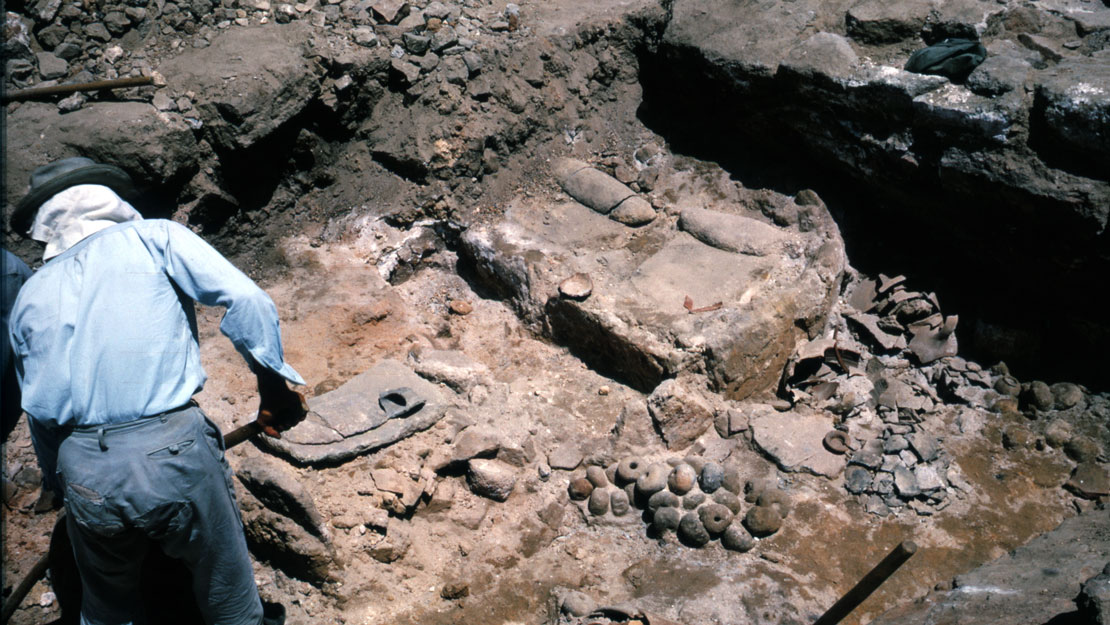
The site of Gordion provides an almost ideal opportunity to study the organization of a well-developed textile industry from the Iron Age, and to see how this craft functioned in the political economy of first millennium BCE Anatolia. The scale of production is indicated by the large quantity of textile tools found in standardized workshop units in the Terrace Building and the “Clay Cut Structure.” These buildings were constructed on an extensive terrace approximately one meter high behind the back walls of Megarons 1–4. This terrace restricted access between the elite quarter and the industrial sector, and could only be entered from the two ends.
Twelve individual megaron units in these two buildings have been excavated to varying degrees (TB 1–8, CC 1–4), and all had the typical megaron form, with a single stepped entrance leading to an anteroom which often contained cooking installations. In the back was the main hall, most of which had grinding platforms along the back wall and large numbers of loom weights, spindle whorls, and other textile equipment.
The archaeological evidence from Gordion provides the most complete picture of organized textile production at a palace center in the Mediterranean. As in the Minoan and Mycenaean kingdoms, the evidence from Gordion suggests that textiles functioned as both a medium of exchange and a prestige item in the Phrygian kingdom.
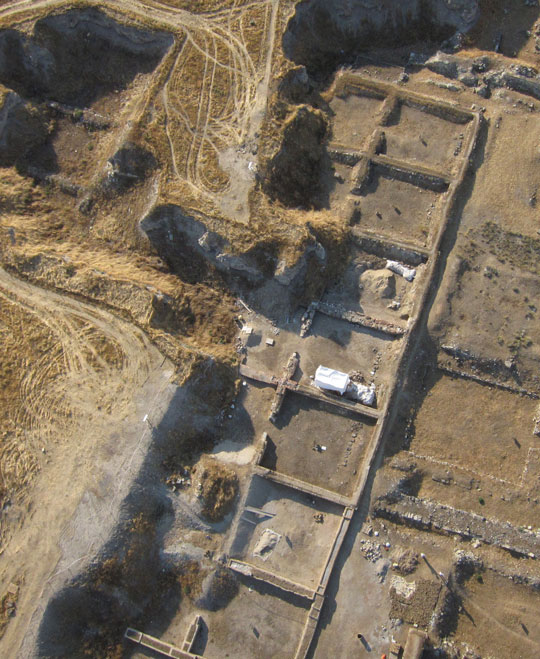
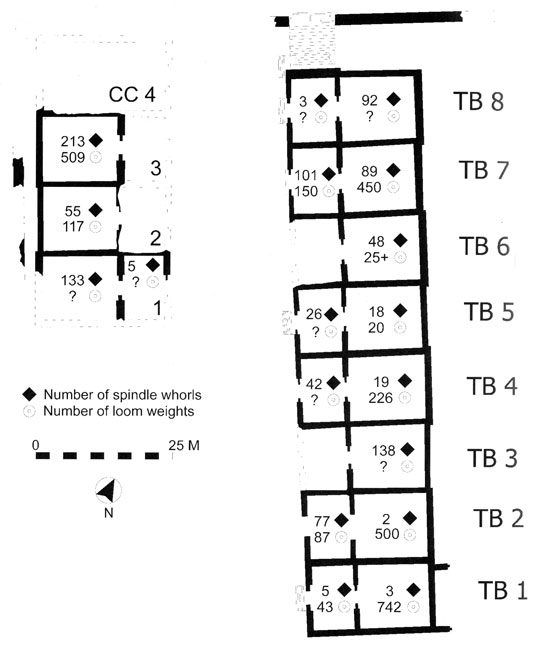
Raw wool would have been spun on plain, fired clay spindle whorls, primarily biconical in shape. The inventoried spindle whorls excavated from Gordion number well over one thousand and show some varieties of form and weight. The average weight was 24 grams. We can reconstruct different types of thread that were made in specific buildings of the industrial section. Once spun, the thread would be woven on a standing warp-weighted loom. This vertical, standing loom was the most common type in the Mediterranean during the first millennium BCE, and while little remains of the wooden frame, excavation has uncovered clay loom weights that gave tension to the hanging threads. The number and variety of loom weights recovered from the destruction level at Gordion are unparalleled. The doughnut-shaped loom weights numbered in the thousands and ranged in weight from 400 to 700 grams.
Among the ubiquitous loom weights and spindle whorls came a remarkable find in 1989: a carefully made comb found in the anteroom of TB 2. This heavily charred, long-toothed comb was certainly used in textile production since it had unwoven warp threads adhering to one side and woven textile to the other. Its use with textiles suggests that it would have had a fairly smooth surface and was probably made of wood. The comb had a plain top and sides with a slightly curving row of teeth. It is very fragmentary, but this tool is quite possibly the earliest known reed, which would have kept the warp threads separate and pushed the weft threads down all in one motion during weaving. This reed or comb may have been used on a warp-weighted loom or for band-weaving. The relatively small size of the object from Gordion, approximately 6 cm in width, suggests that it would have been used for making small, decorated bands.
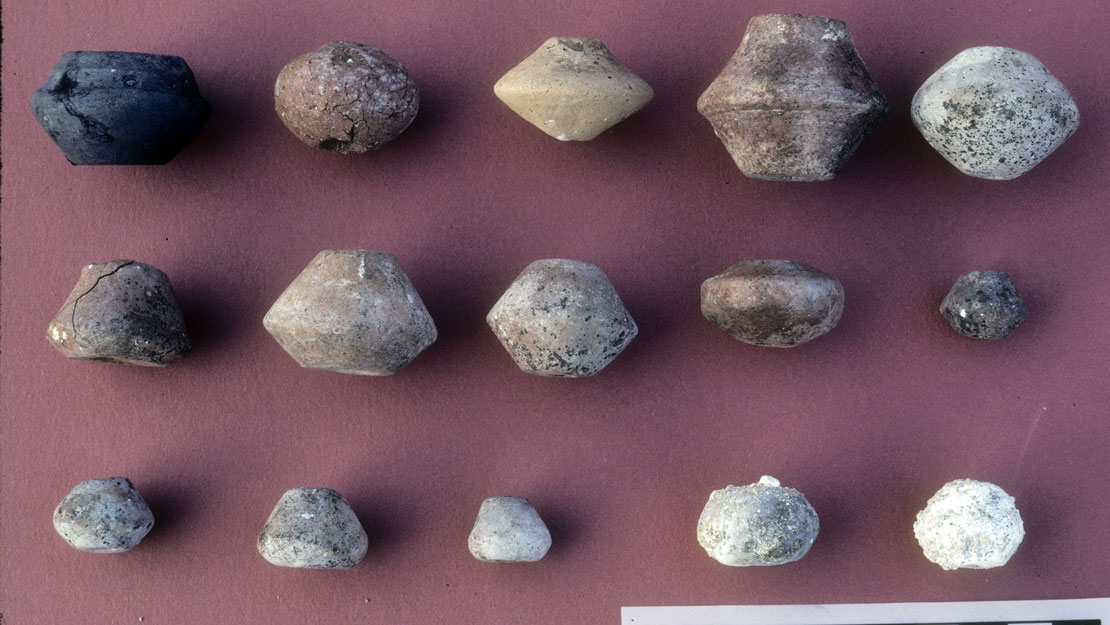
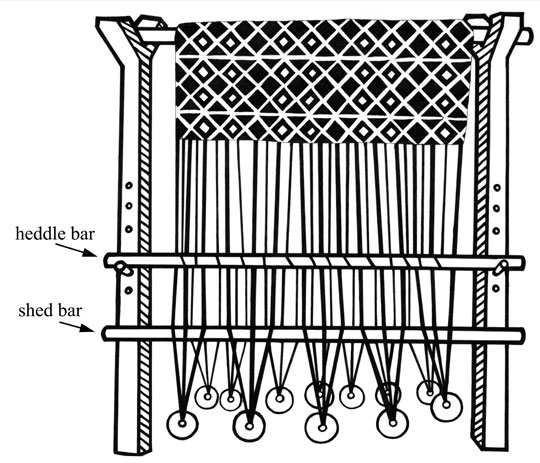
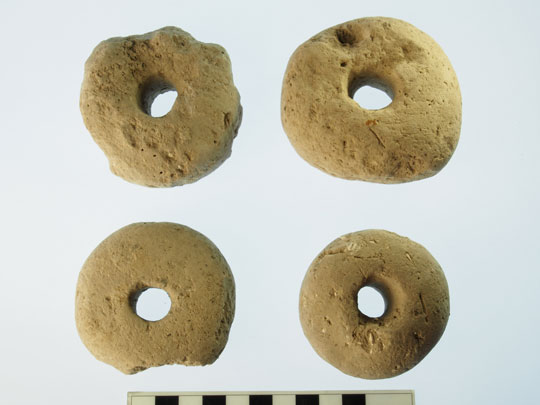
In addition to the textile tools found at Gordion, there are fragments of wool and linen cloth preserved in the many tumuli surrounding the site, and from the destruction level of the citadel itself. Textile pieces from the great Tumulus MM (“Midas Mound”), used to cover the decedent, are comparable to textiles found in the southeast corner of Megaron 3 on the citadel mound. The textiles themselves and the tools of production suggest that different qualities of cloth were woven at Gordion.
The large numbers of spindle whorls and loom weights of fairly similar shape and standardized size indicate cloth made on a massive scale, for distribution overseen by the ruling elite. The heavy weight of the doughnut-shaped loom weights might imply that the woven textiles were strong and durable. Heavy-duty textiles could have been used to equip a standing army of the Phrygians, or at least as some means of payment or compensation to the soldiers. Alternatively, some of the cloth woven just before the great conflagration that burned down the Early Phrygian industrial quarter may have been meant for tribute to assuage an aggressive neighbor or to create an alliance with some other monarch (cf. the Ivriz relief with the king wearing a Phrygian garment).
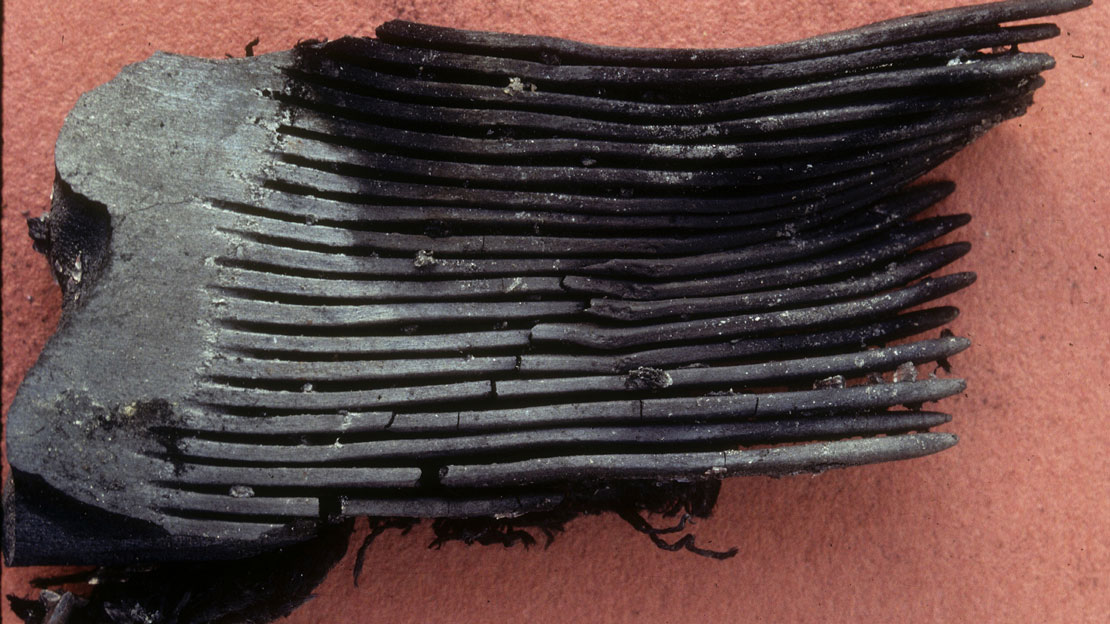
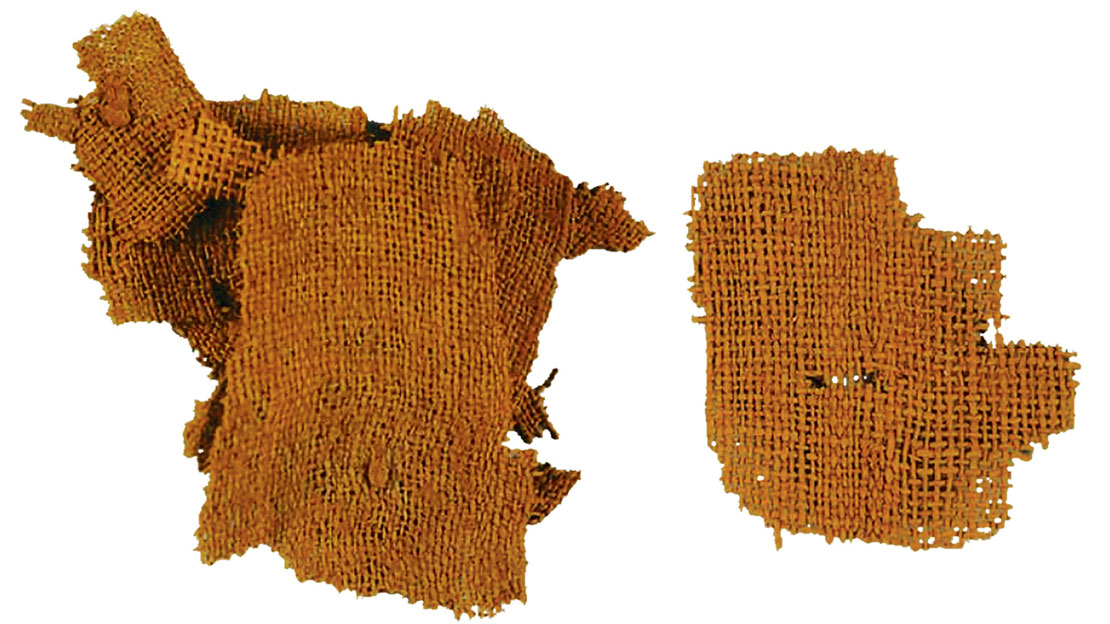
Further reading
- Bellinger, L. 1962. “Textiles from Gordion,” Bulletin of the Needle and Bobbin Club 46, pp. 5–34.
- Burke, B. 2005. “Textile Production at Gordion and the Phrygian Economy,” in The Archaeology of Midas and the Phrygians. Recent Work at Gordion, ed. L. Kealhofer, Philadelphia, pp. 69–81.

